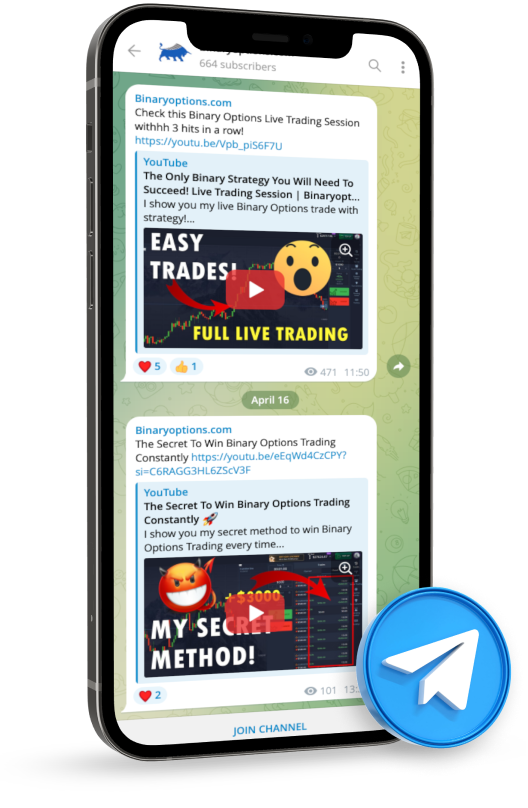Binary call options, also known as ‘upbets,’ are all-or-nothing options commonly traded using binary indicators, settling at 100 at expiration if they are in the money or at zero if they are out of the money.

Binary Options Call in a nutshell
- Binary call options settle at 100 if in the money, 0 if out of the money. Optimal settlement at 50 when underlying is at the strike, preventing extreme outcomes.
- Increasing implied volatility raises the option’s value, making it more likely to be in the money.
- Binary call options suit a bullish outlook for short-term asset movement, ideal for “high-low” strategies.
How does a binary call option work?
To understand how a binary call option works, let us take a look at an example. Suppose the underlying is precisely at the strike at expiration. In that case, settlement can occur in several ways: Two obvious possibilities are that binary call options are treated in-the-money or out-of-the-money and settled at 100 or 0, respectively.
A more rational method is to treat the settlement as dead heat and settle the bet at 50. This approach is advantageous when binary call and binary put options are offered with the same strike price since the settlements of the call and put options would add up to 100, while under the first two alternatives, the total settlement would be 200 or zero. Another approach sometimes used when the underlying is settled on the strike is simply canceling all predictions.
How do you interpret the price of binary call options?

The price of binary call options can be interpreted as the probability of the event occurring when the deadweight cost is zero, or in other words, when interest rates are zero. So-called prediction markets using binary call options are sprouting up. They are now widely considered to be a more accurate estimate of the probability of an event occurring than analysts’ forecasts.
How does implied volatility affect binary call options?
Implied volatility is an essential factor in binary options pricing, and the level of implied volatility determines whether you buy the binary option cheap or too expensive.
- For a strike price, as implied volatility increases, so does the option’s value, which is out of the money. This is because when volatility is low, the probability of the strike price rising above the strike price is low, which in turn leads to worthless binary call options.
- When volatility increases and the underlying fluctuates more, the binary option is more likely to be in the money, which in turn means that the option has a higher chance of winning. Thus, if implied volatility increases the option’s value, it has a positive call vega.
When do you use a Binary Options call?
Trading a binary call option effectively, traders choose this strategy when they have a bullish outlook for the underlying asset in the short term. Referred to as a “high-low” binary call option, a simple binary call option is purchased.
Traders speculate that the price of the underlying asset will exceed the current market value when the option expires. Usually, traders who use the binary options call strategy expect this price movement within the next few minutes or hours.
Example: How does a binary call option on GBP/JPY look like?

For example, a binary options platform offers an 80% payout on a binary call option on GBP/JPY, currently priced at ¥150. Believing that GBP/JPY will go up in the next 10 minutes, a trader invests £200 in a binary call option which expires in that time frame.
If GBP/JPY reaches ¥151 within the defined time frame, the trader makes a profit of 80%, a total of £160. Vice versa, a drop to ¥149 results in a loss of £200.
Whether GBP/JPY goes higher or lower than ¥150, the outcomes are fixed at £160 profit and £200 loss, showing the simple nature of the binary call option with predetermined outcomes.








